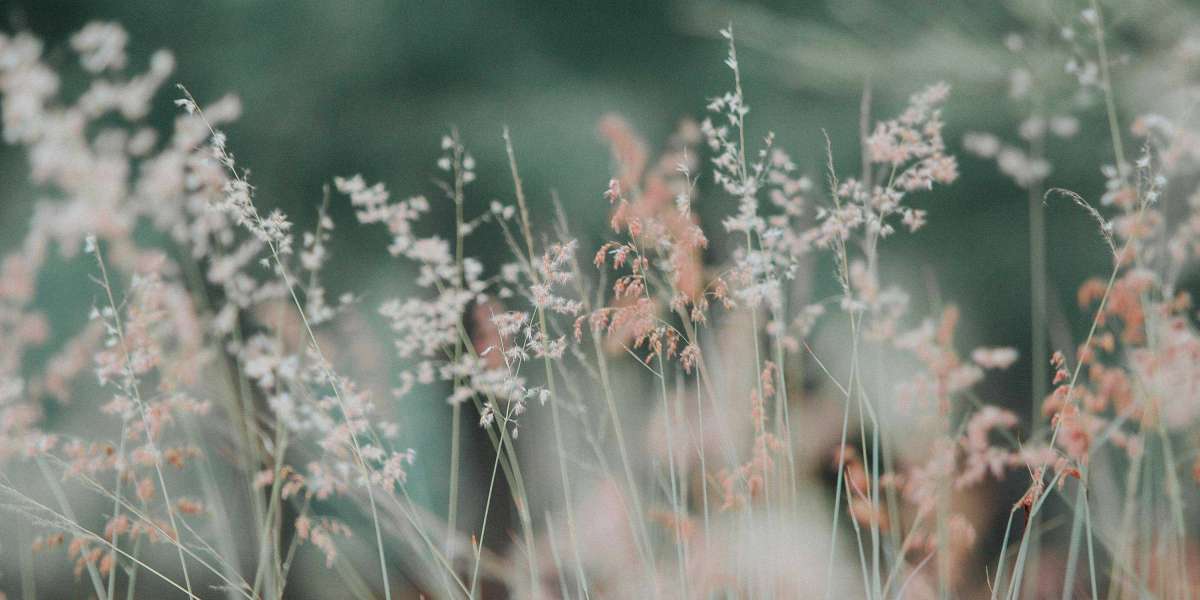How to Plant Flowers in Pots
Novice Florals
For those new to horticulture and looking to start with something simple, many flowers are perfect for beginners.
Great picks for those new to gardening to cultivate in containers include marigolds, petunias, geraniums, impatiens, and pansies. These blooms require little upkeep and do well in pots.
They also improve your patio with bright colors.
Pot Choosing Essentials
Selecting the right container for your blooms requires considering a few aspects. Confirm the container has adequate drainage holes to prevent water accumulation, which stops root rot. Additionally, the container size should correspond to the plant's root system. To conclude, consider the container material. Options like terra cotta, plastic, and ceramic present different advantages, so choose one that fits your aesthetic and functional preferences.
Key takeaways:
Sufficient drainage holes
Corresponding container size
Pick a container material that matches your preferences
Once you've chosen the right container, using the proper soil is key. If you're planting flowers in pots, select a top-notch potting mix instead of garden soil.
Potting mix is created to ensure superb drainage and aeration, both necessary for potted plants.
Watering Recommendations
With your container and soil ready, it's essential to consider hydration. The frequency will vary based on factors such as the flower type, container size, and the climate.
In general, potted plants should be watered when the top inch of soil feels dry to avoid overwatering and root rot.
Fertilization is another essential aspect of caring for potted blooms. Although pot soil contains some nutrients, it is not enough for continued plant growth.
Regular fertilization supplies necessary nutrients, so apply a well-rounded liquid fertilizer every 4-6 weeks during the growing season to maintain your blooms thriving and bright.
Daylight Aspects Explained
It is crucial to provide adequate light exposure for containerized blooms to thrive. While most blooms need a minimum of 6 hours of sunlight each day, the exact requirements may vary. Be sure to check the specific light needs of your particular bloom type.
Some, like impatiens, favor partial shade, so ensuring the correct light levels is crucial.
Flower Arrangement
Combining multiple blooms in one container is possible. Ensure that these blooms have similar needs in terms of light, water, and soil to thrive together.
Avoiding Plant Infestation
Pests can be a problem with potted flowers. Frequently inspect your plants for signs of infestation, like leaf or stem damage, discoloration, or wilting.
If pests are detected, use insecticidal soap or neem oil as natural remedies. Additionally, ensure proper air circulation around containers to prevent pest buildup.
Reviving Wilted Potted Flowers
If your containerized blooms start to wilt, check soil moisture. Wilting can result from both overwatering and underwatering.
Change your watering schedule appropriately and ensure plants are not exposed to harsh temperatures or too much direct sunlight.
Other good sites:
Gardening with Blue: Popular Blue Flowers and Foliage Plants






